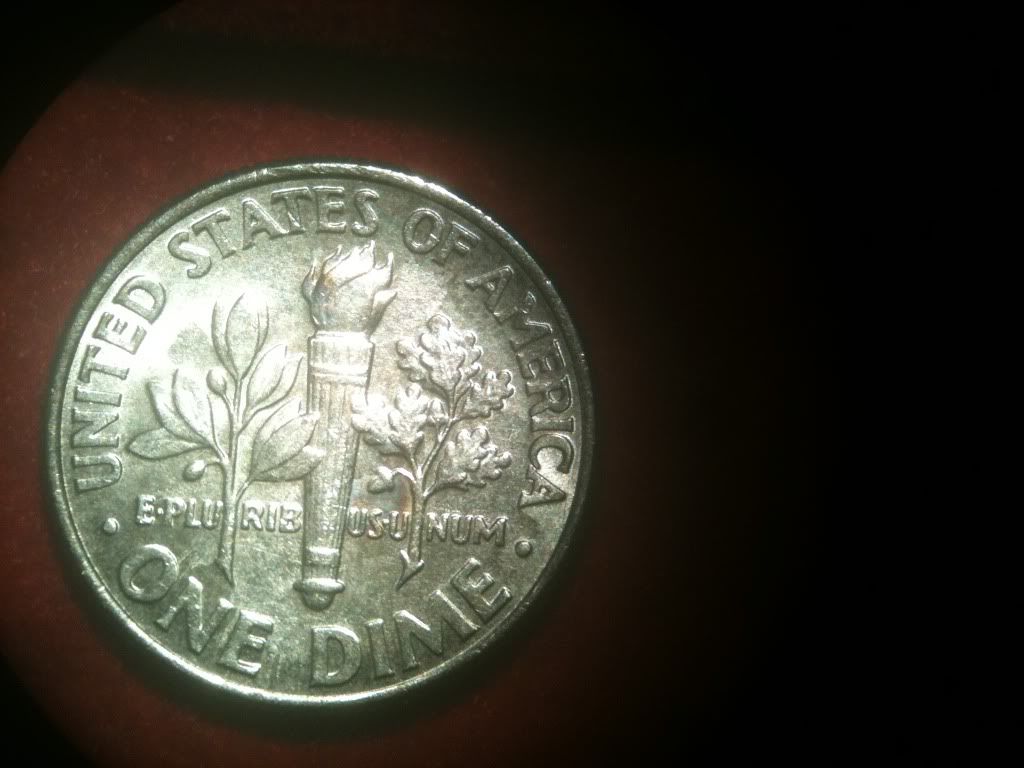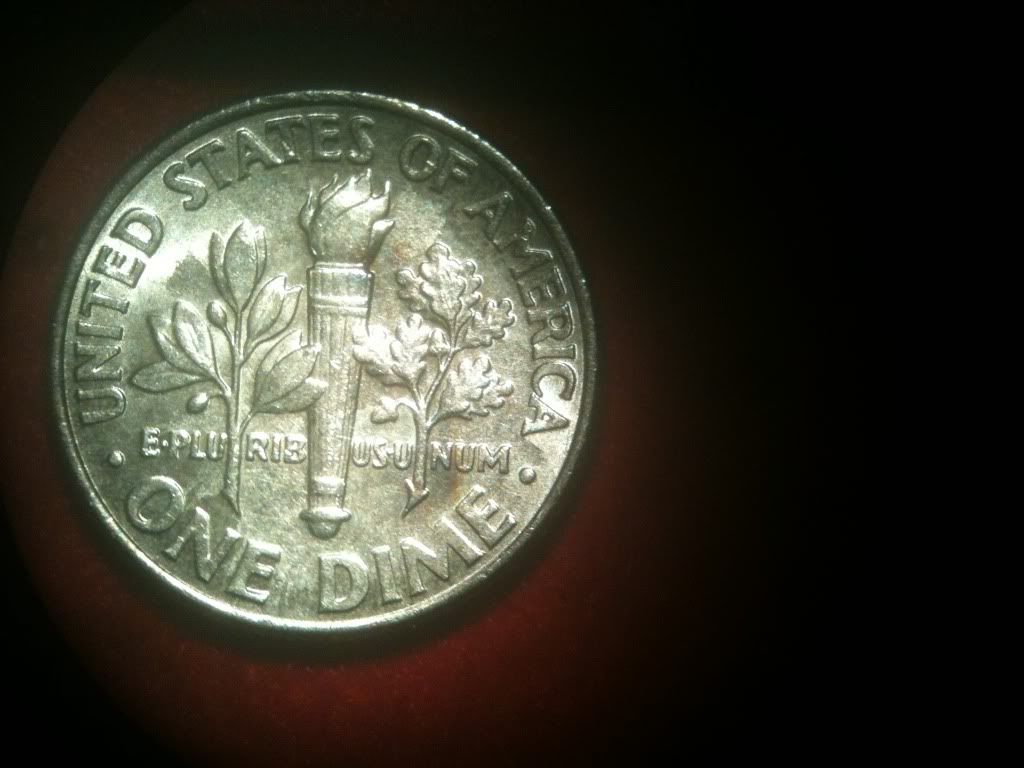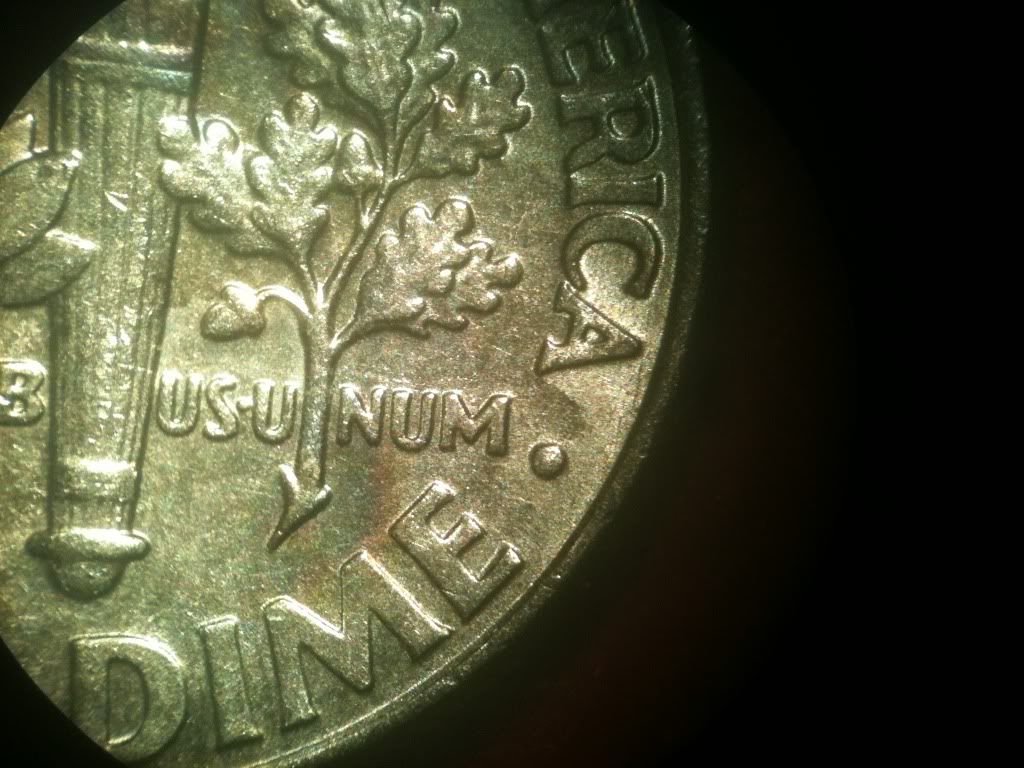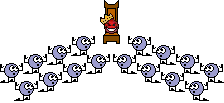Taking Photos
Well Im gonna go shopping for soft lights so i can angle them instead of going head on at the coin from the top ( to hopefully cut down on glare on the cents). Dimes that are a few years old are looking good with the felt. Does cut down glare a lot here are some pictures from my set up.
0.7


1.5

2.5

3.0

The glare on the cents are still too bad for what i want to do BUT new lights can fix this. I still cant believe the pictures are this good with nothing more than a microscope and a cell phone BUT if thats what is needed to get the job done I will continue to think outside the box. Ideas suggestions and criticisms are welcomed.
0.7


1.5

2.5

3.0

The glare on the cents are still too bad for what i want to do BUT new lights can fix this. I still cant believe the pictures are this good with nothing more than a microscope and a cell phone BUT if thats what is needed to get the job done I will continue to think outside the box. Ideas suggestions and criticisms are welcomed.
Founder of the NDCCA. *WAM Count : 025. *NDCCA Database Count : 2,610. *You suck 6/24/10.  In memory of Tiggar 5/21/1994 - 5/28/2010
In memory of Tiggar 5/21/1994 - 5/28/2010 


0
Comments
- Marcus Tullius Cicero, 106-43 BC
<< <i>just gotta figure out the best lights and angles for the cents. Hmm Ill be doing some searching on the board here tomm for ideas but any ideas here on what im doing now. Any suggestions or tips? >>
Look around here.
Lance.
Keeper of the VAM Catalog • Professional Coin Imaging • Prime Number Set • World Coins in Early America • British Trade Dollars • Variety Attribution